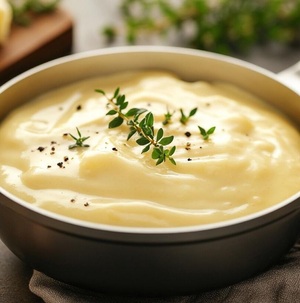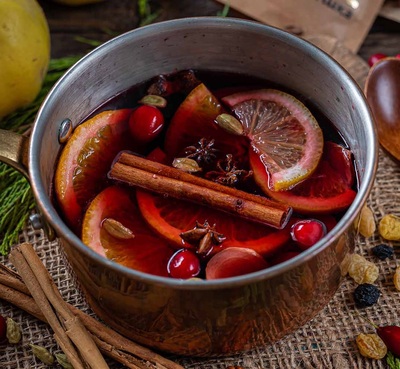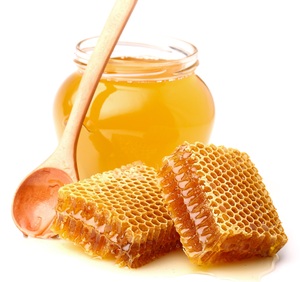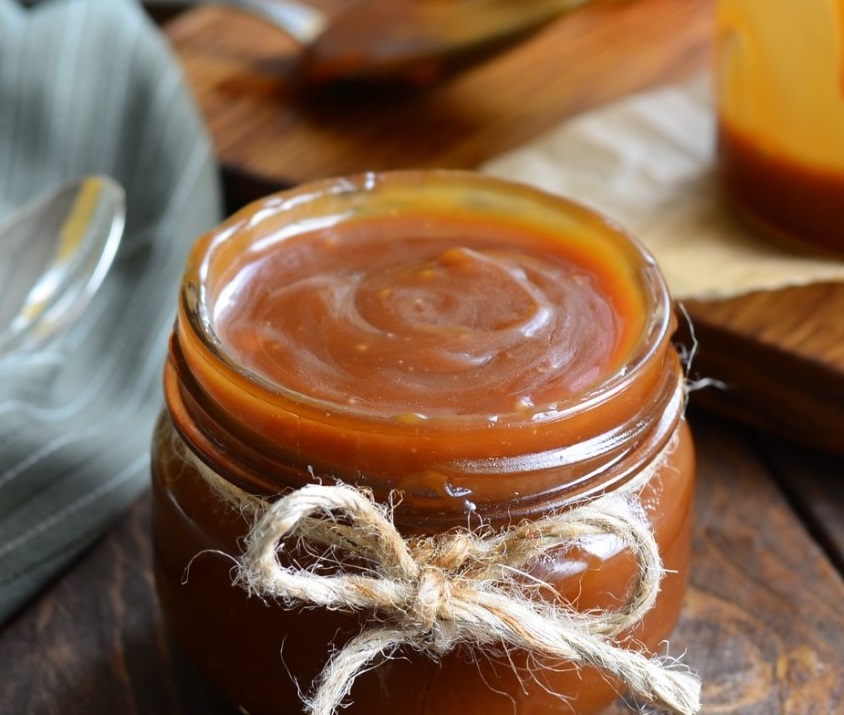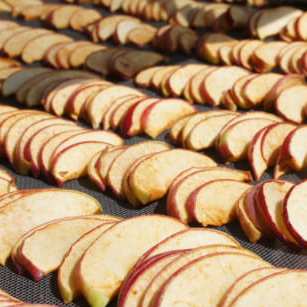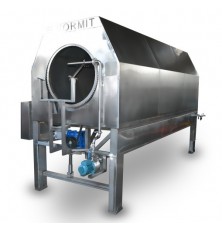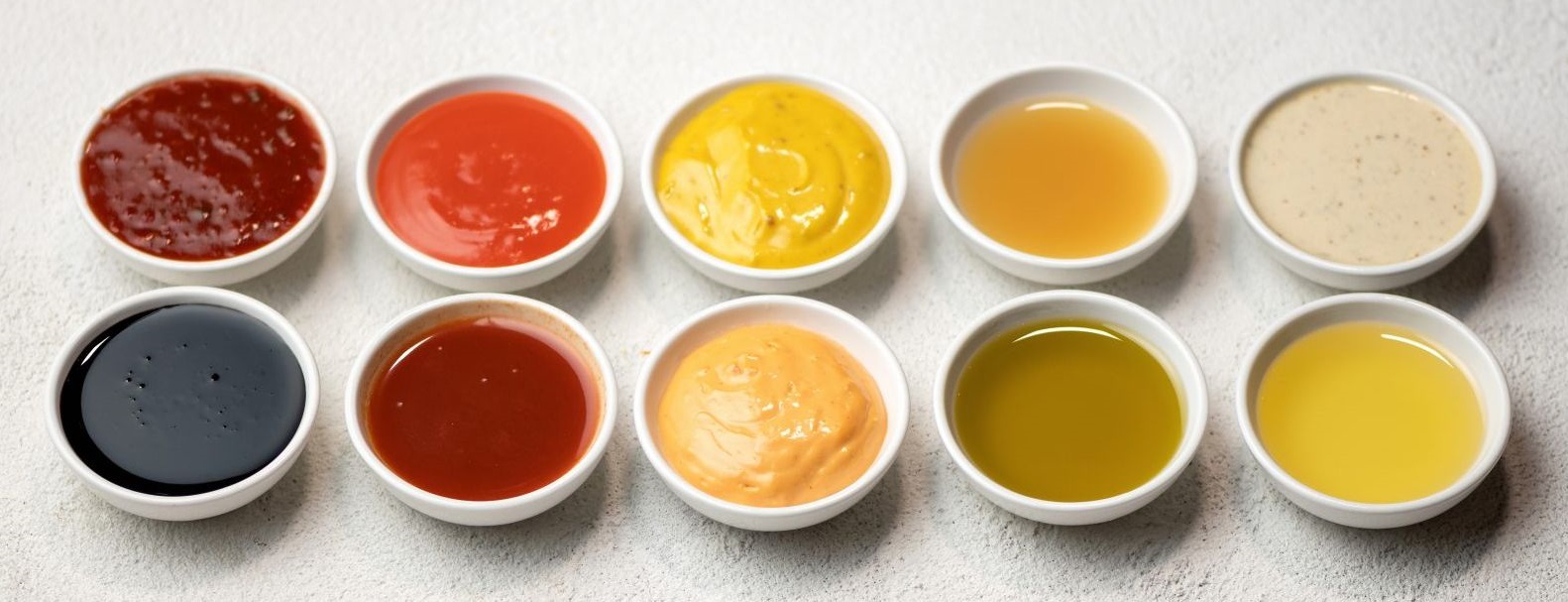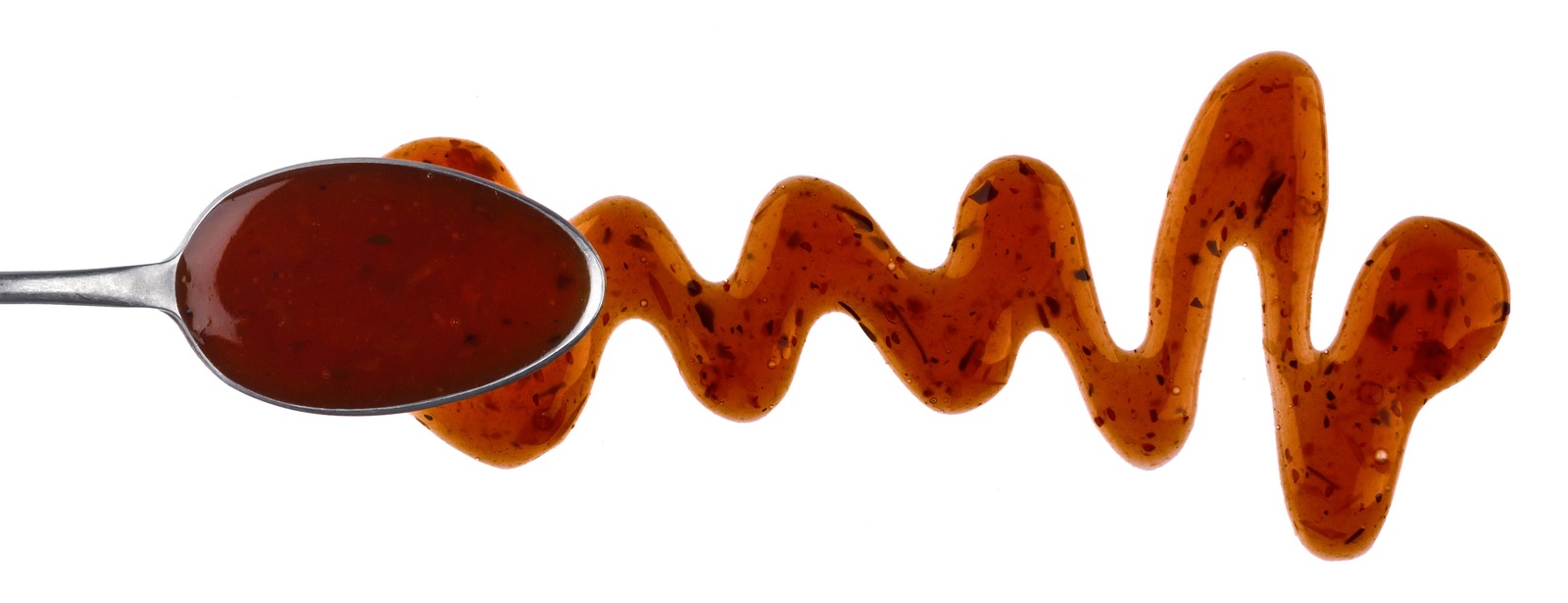DEFROSTERS
Defrosters are used for quickly and evenly thawing frozen products, ensuring optimal texture and quality
In the food industry, defrosters serve as a key step in preparing frozen food products for further processing. These machines are designed to enhance the overall efficiency of a production line, as well as the quality and safety of food products by subjecting them to gentle thermal treatment. This comprehensive guide examines the functions of defrosters, their advantages, and their applications in food processing.
The principle of defrosting systems
Defrosters are specialized equipment for controlled thermal treatment of frozen food products, which involves carefully applying heat to facilitate the thawing process. The term "defrosting" refers to the deliberate warming of frozen food items to the desired temperature, preparing them for subsequent processing stages. By subjecting frozen products to controlled and gradual thawing, defrosters achieve several objectives that contribute to the overall quality of the final product.
How defrosters operate
Defrosters function on the basis of controlled thermal processing principles. Frozen food products are placed into a defrosting chamber, where they interact with carefully regulated heat. This controlled thawing process ensures that the products reach a temperature suitable for further processing without compromising their structural integrity. The gentle thawing minimizes the risk of texture degradation, flavor loss, and nutrient depletion commonly associated with rapid or uneven thawing methods.
Benefits of using defrosters:
- Preservation of Quality: Defrosting ensures that food products thaw uniformly, preserving their original quality and minimizing the risk of degradation.
- Optimized Texture: Controlled thawing in defrosters helps maintain the desired texture of food products, preventing undesirable changes.
- Flavor Retention: By avoiding rapid thawing, defrosters allow to retain the natural flavors of food items, enhancing overall taste.
- Nutrient Preservation: The gradual thawing process aids in preserving the nutritional content of frozen foods, meeting consumer expectations for health and wellness.
Applications across the food industry:
Defrosters are utilized across various segments of the food industry:
- Meat Processing: Defrosting is crucial in preparing frozen meats for subsequent processing stages, to maintain product quality.
- Frozen Prepared Meals: Defrosters are used for efficient thawing of frozen prepared meals, ensuring they are ready for cooking or reheating.
- Seafood: Controlled thawing in defrosters is essential for preserving the texture and flavor of frozen seafood items.
- Bakery Products: During the production of frozen bakery goods, defrosters facilitate the gradual thawing of dough and other frozen components.
- Vegetables: Defrosters are also instrumental in thawing frozen vegetables, while preserving their texture and nutritional value.
Defrosters for thawing frozen food from FoodTechProcess
Defrosters in modern food processing ensure that frozen products undergo controlled thawing to maintain their quality, safety, and customer appeal. They help preserve texture, flavor, and nutritional value while also speeding up the defrosting process. Defrosters allow food producers to streamline their production and deliver high-quality products that meet consumer expectations.
As a leading provider of food processing equipment, FoodTechProcess offers a range of defrosters tailored to different industry requirements. The defrosters are crafted to ensure the frozen food products retain their beneficial natural characteristics even after thawing.
A rotary defroster is a device used to thaw or defrost frozen food products by rotating them gently in a heated chamber, allowing for even and efficient thawing without damaging the food's texture or integrity.
- Material: Stainless steel
- Principle of operation: Continuous mode
- Country of origin: Slovakia












